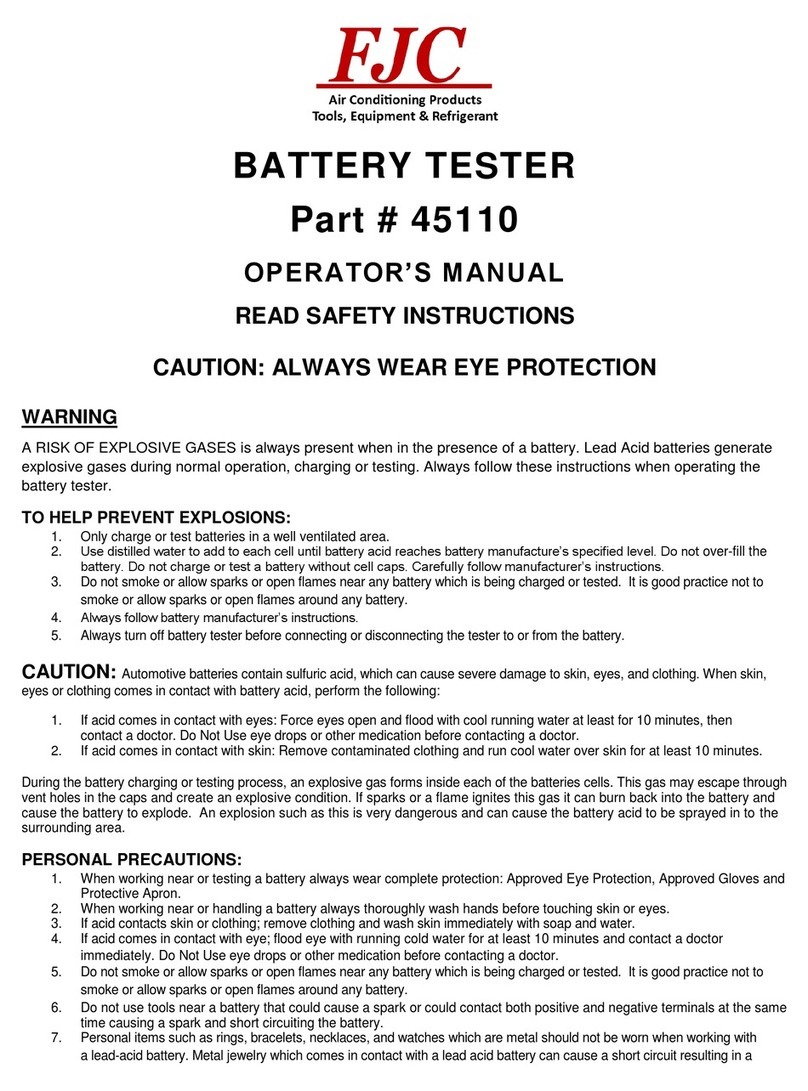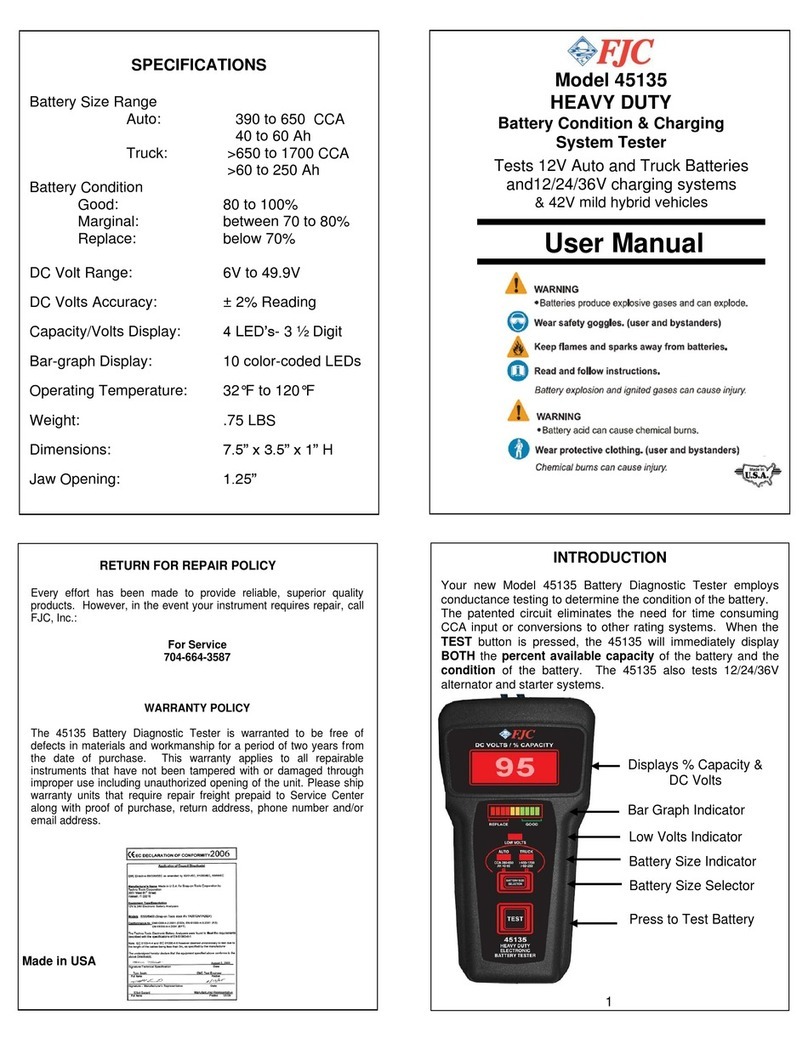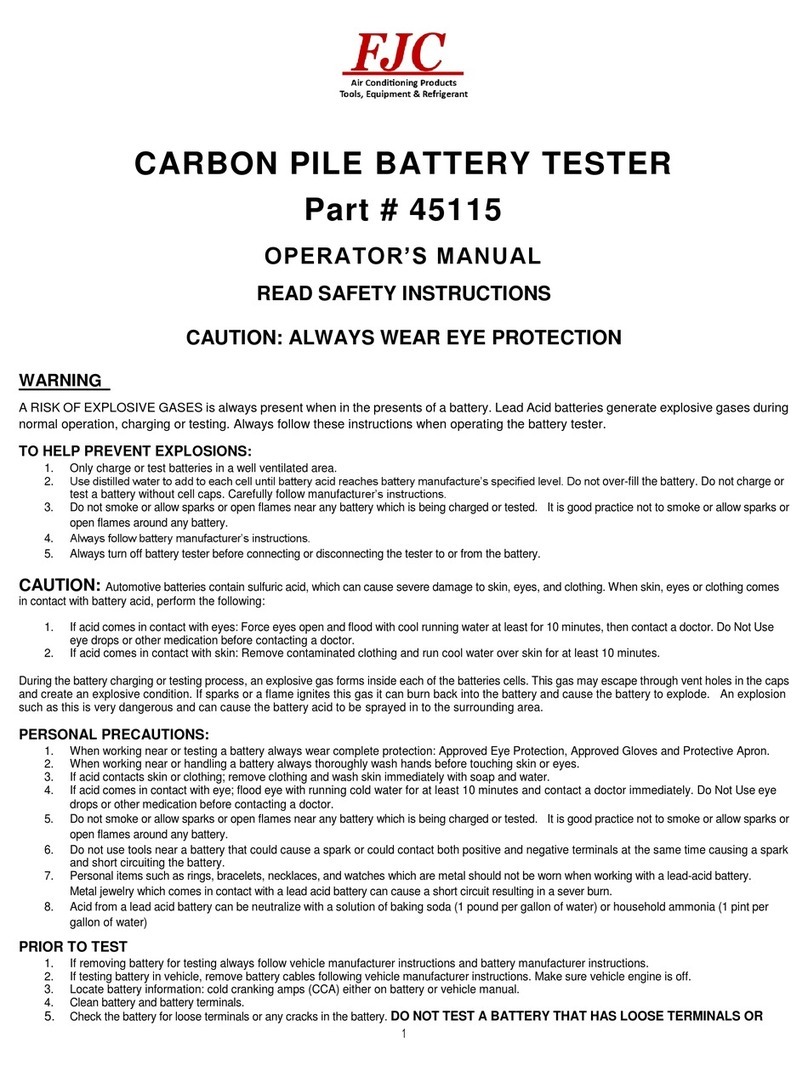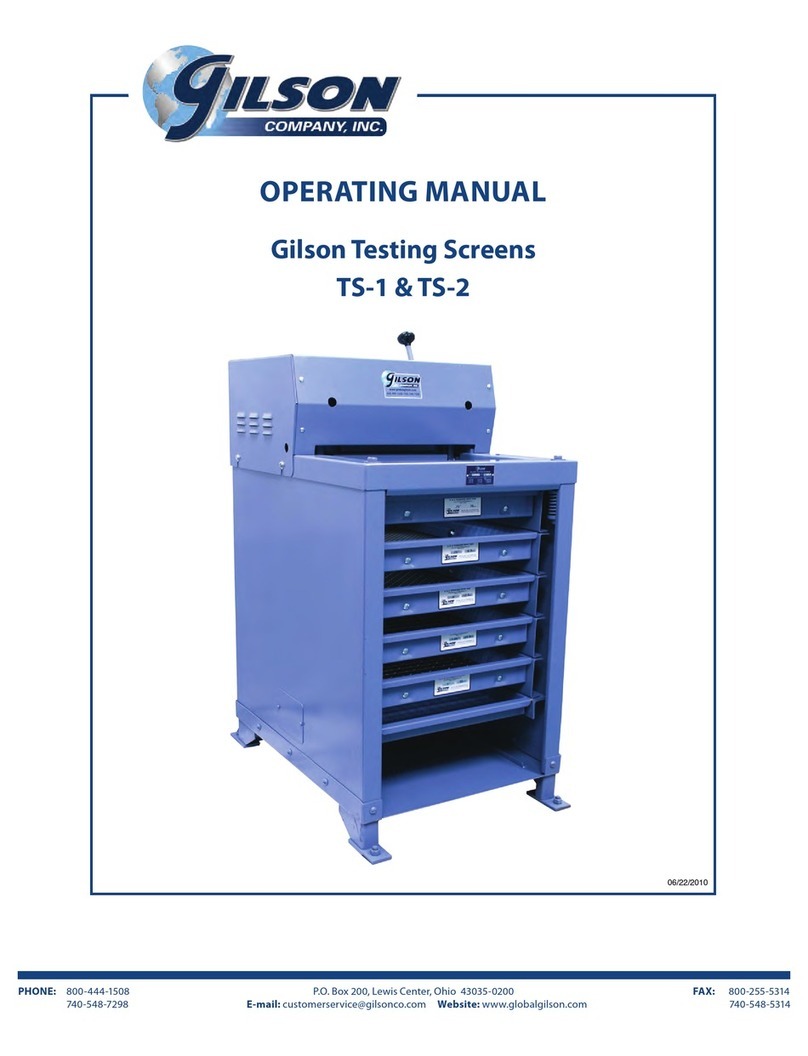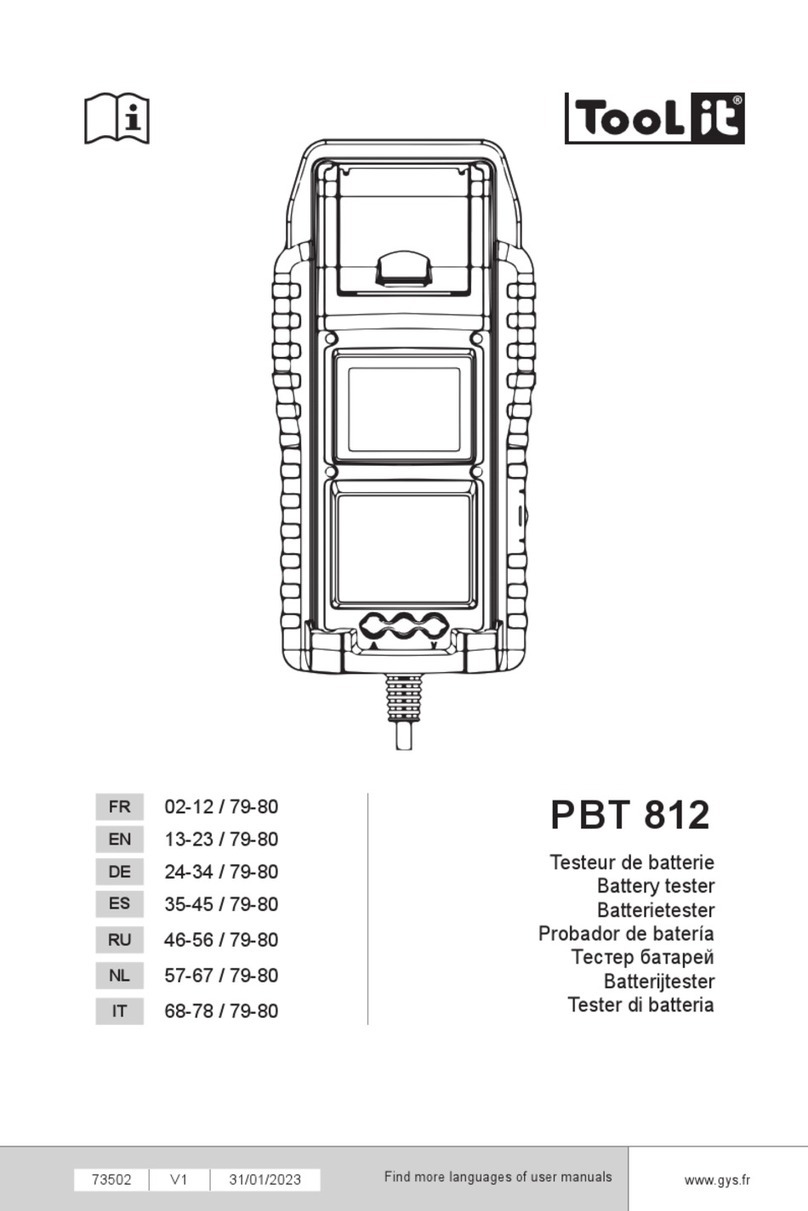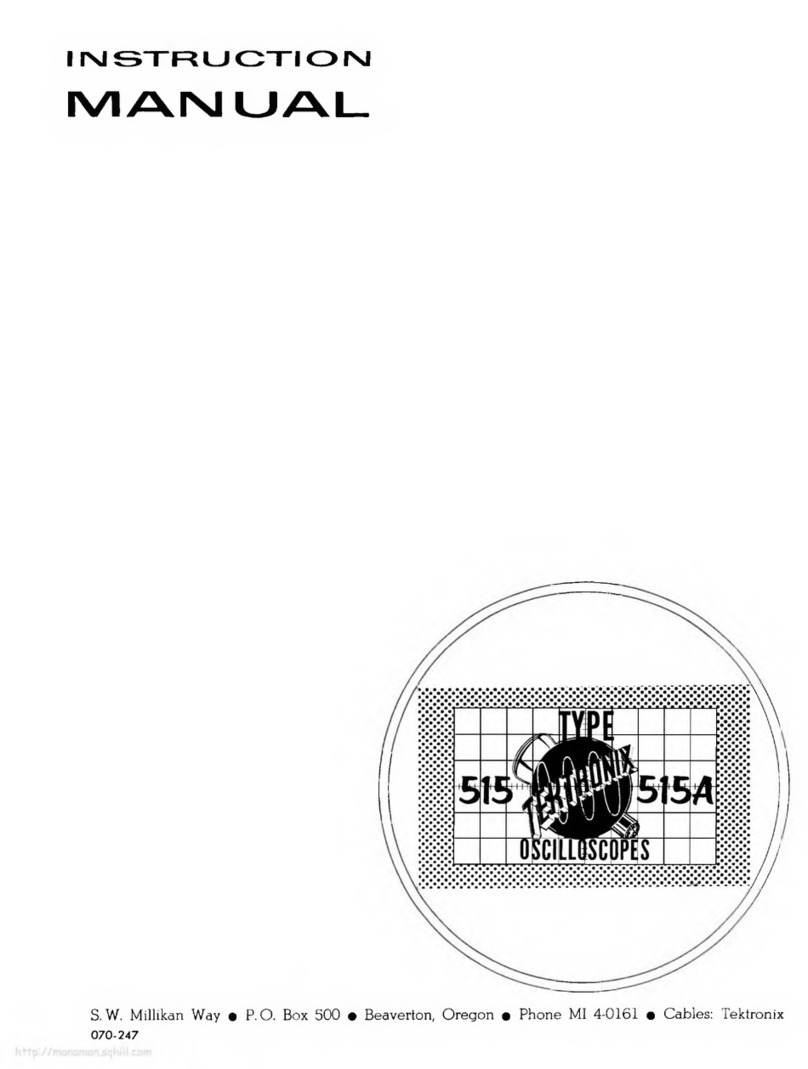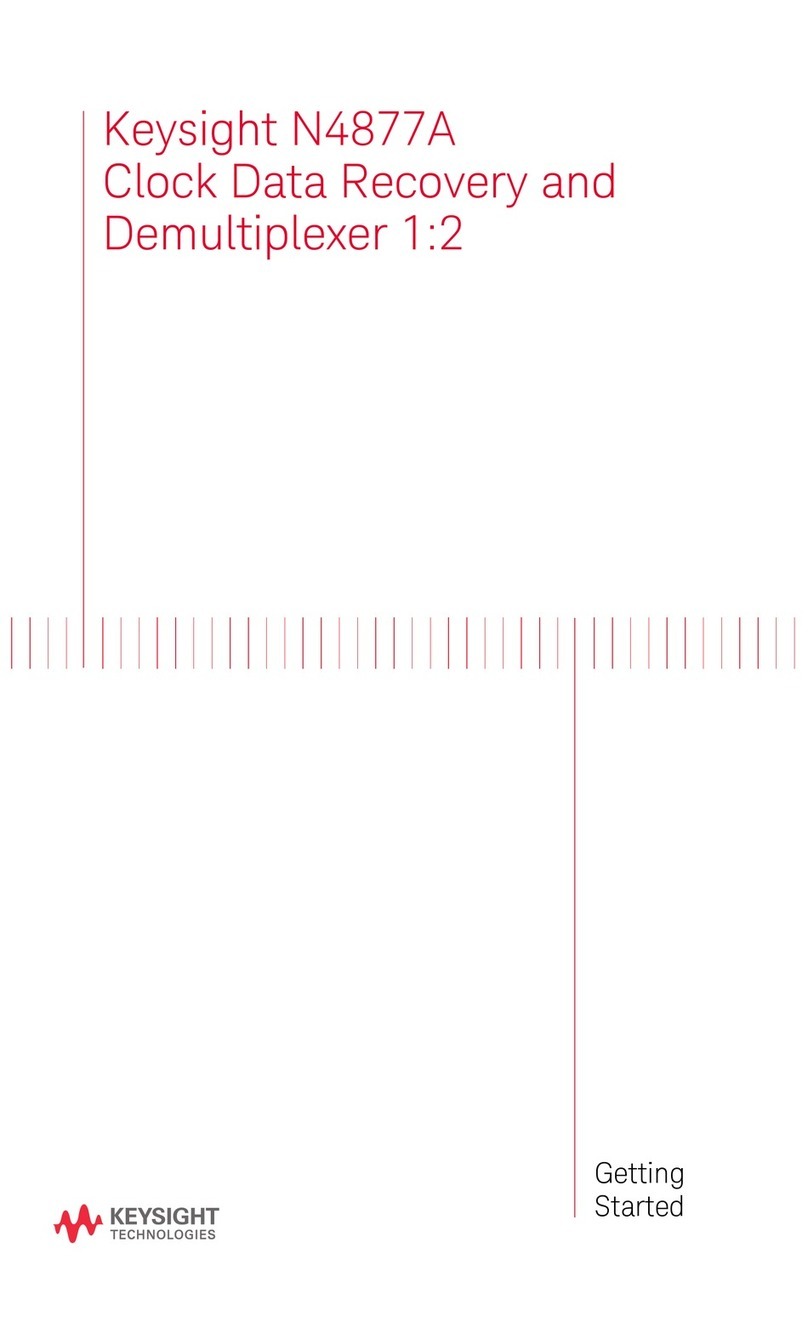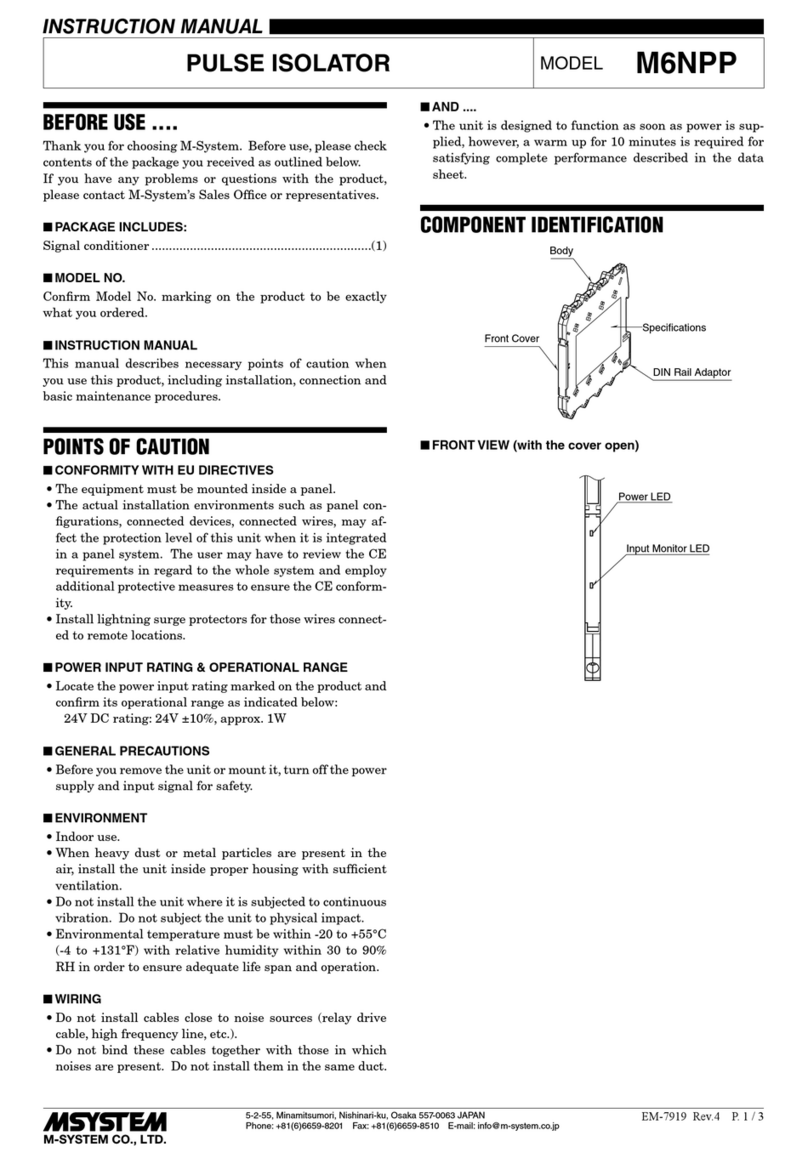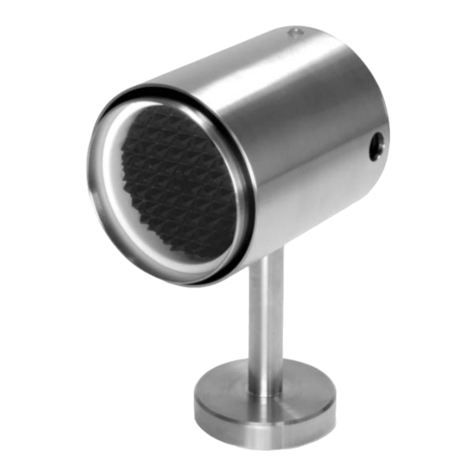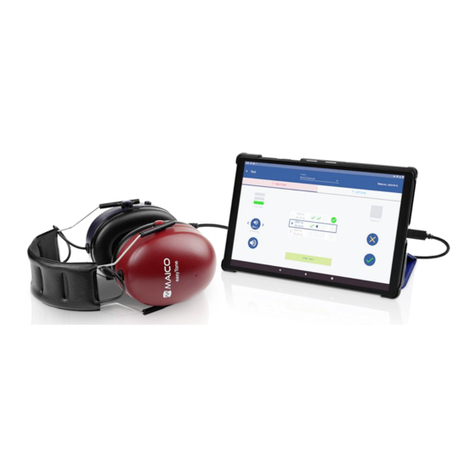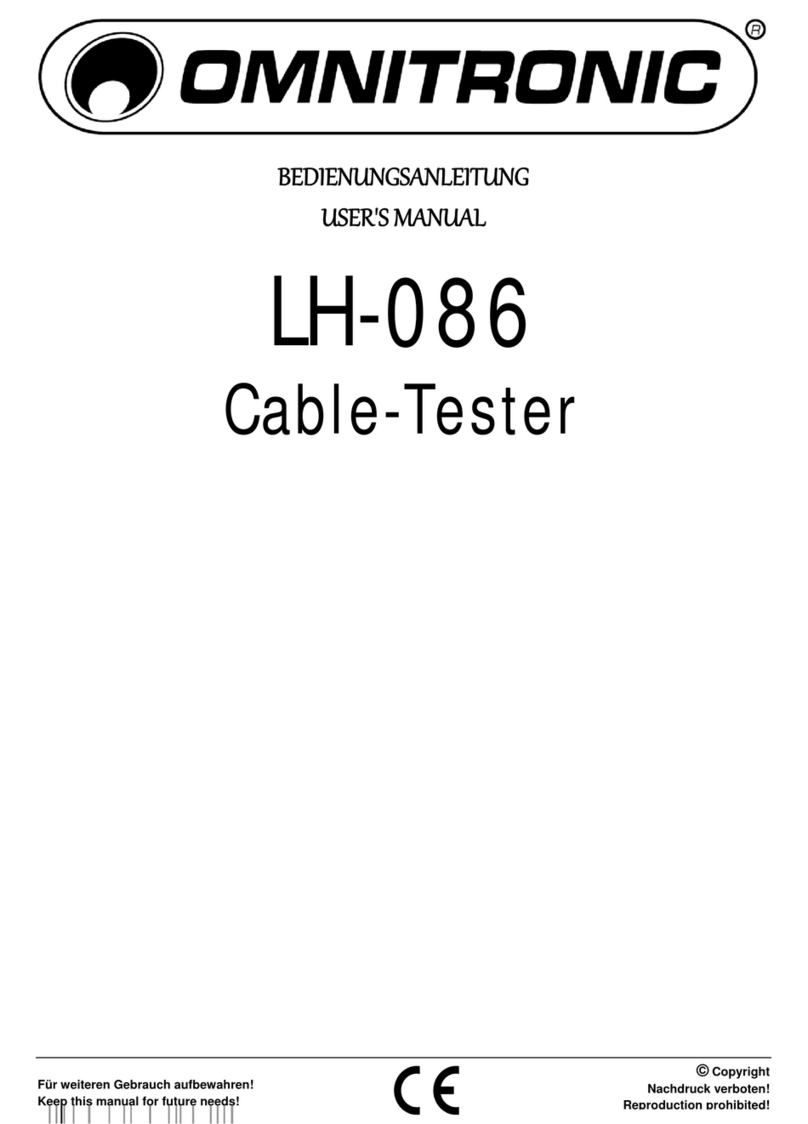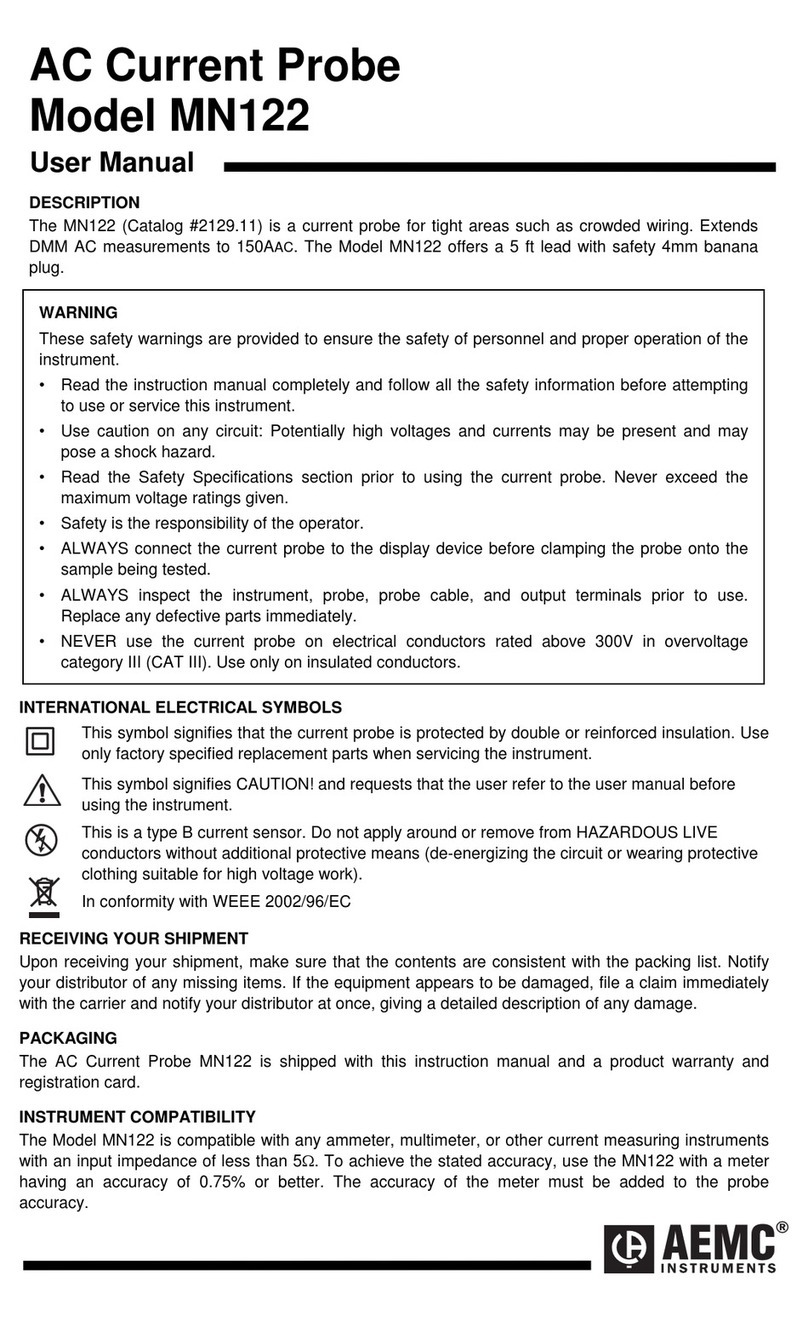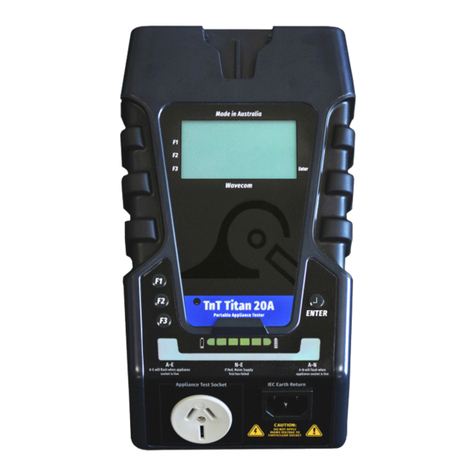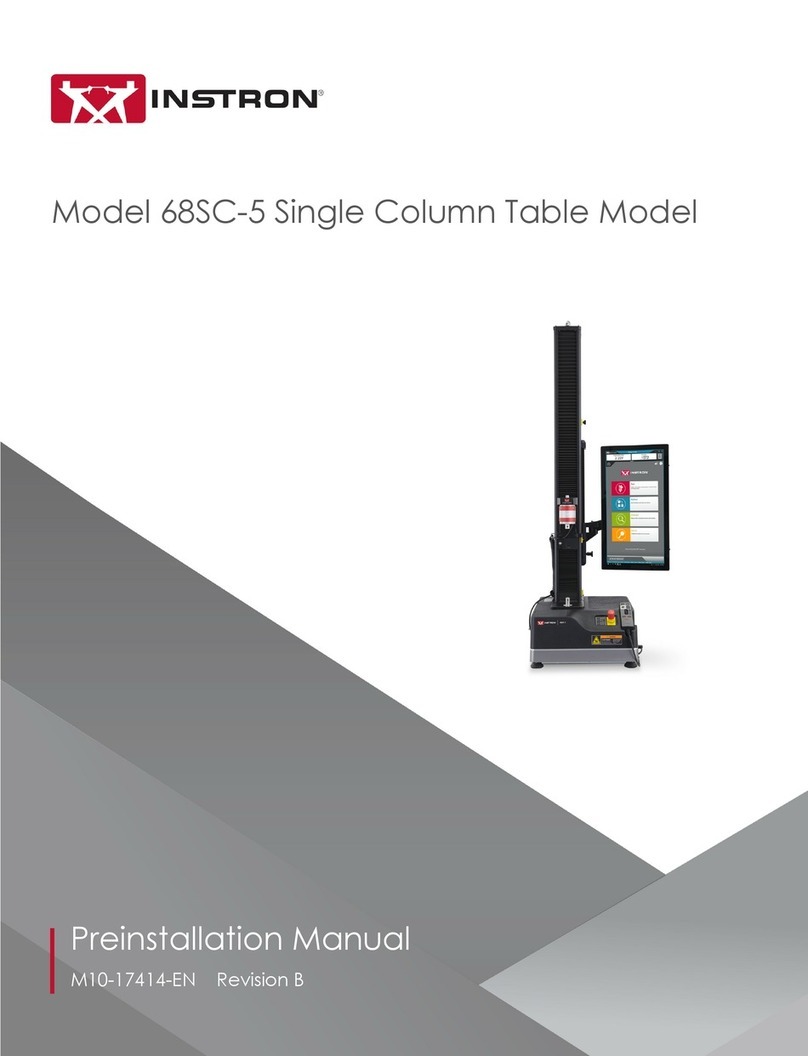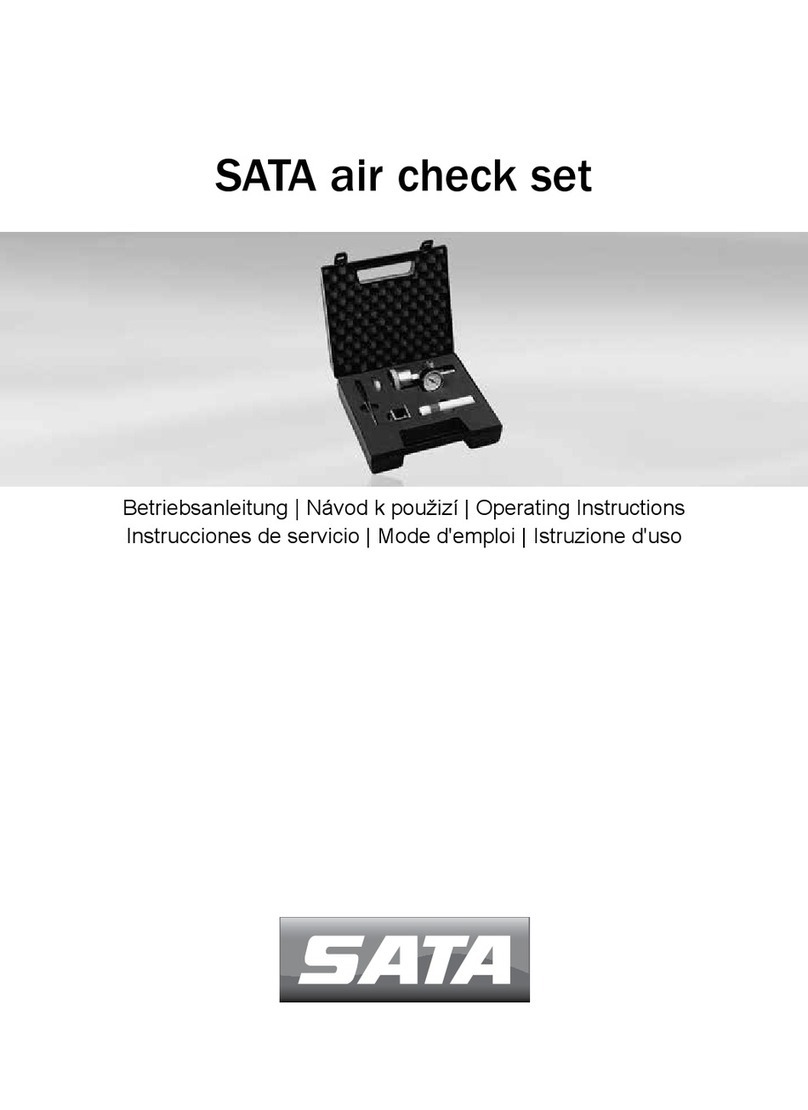FJC 45125 User manual

.
Displays % Capacity &
DC Volts
Bar Graph Indicator
Low Volts Indicator
Battery Size Selector
Press to Test Battery
Battery Size Indicator
1
YA2612A
User Manual
Model 45125
12V Battery Condition &
Charging System Tester
Tests 12V Auto/Truck and Non Auto
Batteries and 12V charging systems
SPECIFICATIONS
Battery Size Range
Auto/Truck: 390 to 1400 CCA
Small Non-Auto 6Ah to 33 Ah
Battery Condition
Good: 80 to 100%
Marginal: between 70 to 80%
Replace: below 70%
DC Volt Range: 7V to 19.9V
DC Volts Accuracy: ± 2% Reading
Capacity/Volts Display: 3 LED’s- 2 ½ Digit
Bar-graph Display: 10 color-coded LEDs
Operating Temperature: 32°F to 120°F
Weight: .75 LBS
Dimensions: 7.5” x 3.5” x 1” H
Jaw Opening: 1.25”
RETURN FOR REPAIR POLICY
Every effort has been made to provide reliable, superior
quality products. However, in the event your instrument
requires repair, call FJC, Inc.
For Service
704-664-3587
.
WARRANTY POLICY
The 45125 Battery Diagnostic Tester is warranted to be free of
defects in materials and workmanship for a period of two years
from the date of purchase. This warranty applies to all
repairable instruments that have not been tampered with or
damaged through improper use including unauthorized
opening of the unit. Please ship warranty units that require
repair freight prepaid to Service Center along with proof of
purchase, return address, phone number and/or email
address.
INTRODUCTION
Your new Model 45125 Battery Diagnostic Tester employs
conductance testing to determine the condition of the battery.
The patented circuit eliminates the need for time consuming
CCA input or conversions to other rating systems. When the
TEST button is pressed, the 45125 will immediately display
BOTH the percent available capacity of the battery and the
condition of the battery. The 45125 also tests 12V alternator
and starter systems

Checking Charging System
(Alternator)
CHARGING SYSTEM TEST
Note: Prior to performing this test, check the battery
condition to make sure it is in good condition. (See In
Vehicle Battery Test Instructions).
1. Check first for a loose, worn or broken alternator belt. If
okay, proceed to #2.
2. Connect the red clip to the positive battery terminal and the
black clip to the negative terminal and start engine.
3. With engine running, and lights on, the real time alternator
output voltage will be displayed. The reading should display
between 13.0 and 15.0 volts for 12V charging systems.
4. Low charging voltage: check belts for slippage. Check
connections from the alternator to the battery. If no problems
are found, replace the alternator.
5. High charging voltage: Check for loose connections
including the ground connection. If OK, replace the voltage
regulator. Newer alternators house the regulator inside. In this
case replacing the alternator is necessary.
4
STARTER TEST
Note: Check the battery condition to make sure it is in good
condition before performing this test. (See In-Vehicle Battery
Test Instructions page 3).
1. Connect the red clip to the positive battery terminal and the
black clip to the negative terminal.
2. Disengage the ignition. (Check manufacturer’s instructions).
Read the voltage displayed while cranking the starter.
3. Cranking Voltage is Normal: For 12V systems the normal
cranking voltage at the battery should be equal to or greater
than 9.6 volts*.
4. Cranking voltage is Low: If the cranking voltage is less
than 9.6 volts*, starting system has a problem. Check wires,
connections and starter.
* Check manufacturer’s specifications for 12V systems.
New Batteries:
Nearly all batteries will not reach full capacity until cycled 10-30 times. A
brand new battery will have a capacity of about 5-10% less than the
rated capacity.
Inactivity can be extremely harmful to a battery. New batteries that
have been on the shelf for many months may show “marginal” or
“replace” when tested, depending on the storage conditions. In that
case, always charge and retest the battery before replacing.
5
Checking Battery Condition
Out of Vehicle Testing
1. Connect the red clip to the positive battery
post and the black clip to the negative post. The
battery voltage will be displayed. Note: use post
adapters for side mount batteries or batteries with
top mount threaded studs (group 31). Connecting
to threaded studs will result in inaccurate
readings.
2. For Auto/Truck batteries (390 to 1400 CCA)
no size selection is necessary (default size).
The Auto/Truck size indicator LED will be on.
For Small/Non-Auto batteries (6 Ah to 33Ah)
press selector switch once. The LED indicator
will switch to the Small/Non-auto position.
3. Press and hold down the Test Button until
the final reading is displayed.
The digital display shows percent available
capacity. The Display and Bargraph will
automatically revert back to Volts after approx. 6
seconds, if the TEST Button is not released.
4. The color--coded LED BARGRAPH will show
GOOD (Green) MARGINAL (Yellow) or
REPLACE (Red).
Note: Some batteries may display above 100%. This means
that the available capacity is greater than the rated capacity
2
Low Volt Indicator
Batteries that test Marginal or (just below Marginal) when the
Low Volts LED indicator is on (below 12.3 Volts) should be
recharged and retested for more accurate results.
Bad Cell Indicator
Capacity displayed below 20% and only 1 red led on the bar-
graph indicates that the battery has a defective cell. Defective
battery cells are usually open or shorted and the battery must
be replaced.
In Vehicle Testing
(Checking Battery Condition)
1. Engine should be off. Turn off all accessory loads.
2. Remove surface charge (battery voltage is greater than 12.8
Volts) by turning on the headlights for 15 seconds.
3. Follow instructions for Out of Vehicle Testing (see Page 2).
Converting to CCA, DIN, JIS, Ah
If required, the available CCA, Ah, DIN, & JIS, can easily be
determined by multiplying the percent displayed times the
battery’s original rating. For example, a 600 CCA battery with
80% capacity available would have 480 CCA (.80 x 600)
available. A 20Ah battery with 80% would have 16 Ah available.
3
Other FJC Test Equipment manuals
